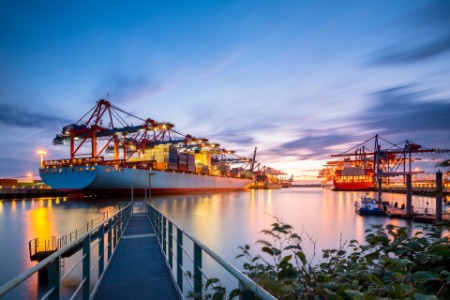In this episode, Brenda Brockman Smith, Executive Assistant Commissioner for Trade, U.S. Customs and Border Protection, and Daniel Dreyfus, EY Global Customs Leader, share their insights on forced labor.
The numbers regarding forced labor around the world are staggering. In 2016, the International Labour Organization (ILO) estimated that there are approximately 25 million people trapped in situations of forced labor around the world. The pandemic introduces additional risks, increasing the potential for exploitation. Apart from being an obvious human rights violation, forced labor can drastically undermine a brand and reduce its credibility, ultimately affecting shareholder value. Additionally, it can have a tremendous impact throughout the entire spectrum relative to supply chains, especially in the large and complex ones. Companies around the world are, therefore, looking for effective ways to ensure the integrity of their supply chains from threats such as forced labor.
Key takeaways:
- US customs authorities are sending the economic message that goods made with forced labor are not acceptable in the US.
- Consumers are becoming more involved in human rights issues and are demanding to know where products are from and how they were made.
- Legislations regarding forced labor will need to evolve and become more effective.
- Technology is going to be part of the answer to greatly reduce forced labor.
- Data can be used to recognize the changes in trends that are indicative of a lack of compliance with a regulatory framework.
For your convenience, full text transcript of this podcast is also available. Read the transcript.
Presenters
Daniel Dreyfus
EY Global Customs Leader; Executive Director, Consulting, Ernst & Young LLP
Brenda Brockman Smith
Former Executive Assistant Commissioner for Trade, U.S. Customs and Border ProtectionJustine Greene
Presenter, NextWave Global Trade PodcastPodcast
Episode 1
Duration 19m 46s




